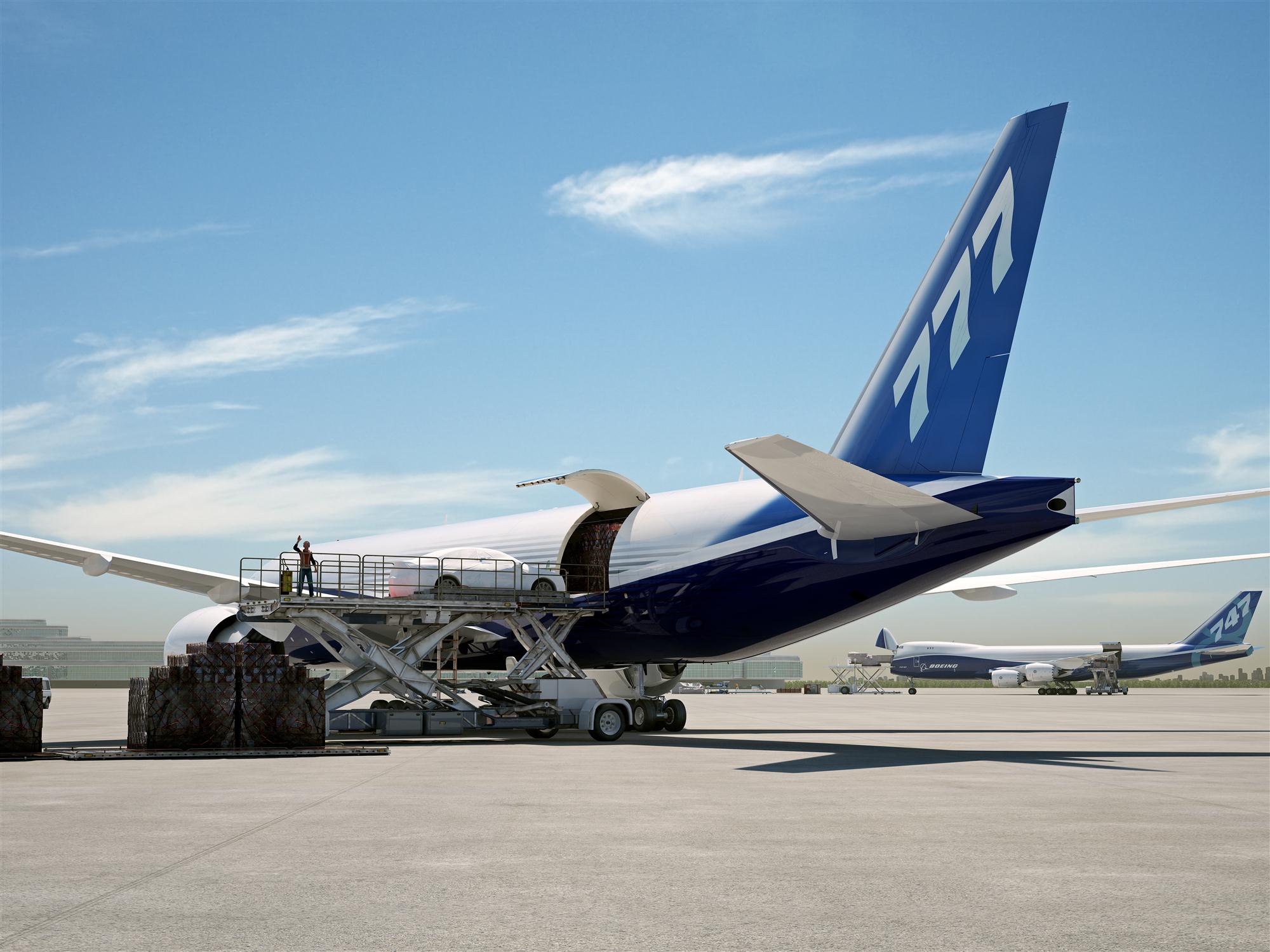PARIS (October 26, 2016) – “This is our centennial year,” said Randy Tinseth, vice president of marketing for Boeing Commercial Airplanes. “Cargo was there from the beginning of our business and it is still important to the company.” Tinseth was speaking at a press conference on the opening day of The International Air Cargo Association’s 2016 Air Cargo Forum.
It may be that only 1 percent of global trade by tonnage is sent by air, but this accounts for 35 percent of its global value, Tinseth went on to say. The global economy has underperformed expectations, as has world trade, and this has created challenges for cargo customers.

Boeing’s trends for the future include trade and e-commerce driving trade; a continued crucial role for dedicated freighters, which will continue to carry around 50 percent of global air cargo; and a market that will continue to change and evolve. The market is growing in two ways, said Tinseth, with consumer markets growing in the US, Europe and particularly in China, but trade markets lagging behind.
Between 2010 and 2015, passenger traffic grew by 6.2 percent but cargo traffic saw growth of only 1.6 percent. Air cargo volumes are cyclical, closely mirroring industrial production and world trade. Trade is forecast to grow by around 4 percent over the next 3 years, leading to accelerating growth for air freight.
Moving on to the World Air Cargo Forecast, Boeing predicts the global economy will grow by 2.9 percent over the next 20 years, leading to a 4.8-percent increase in passenger traffic and a 4.2-percent growth in cargo traffic. Asia-North America, Europe-Asia, and Intra-Asia markets will continue to lead industrial growth, and the large widebody freighter fleet is modernizing.
Boeing is forecasting a demand of 930 new freighter deliveries, with large widebody planes accounting for 550 new deliveries, and the balance made up of medium widebodies. They are also forecasting a demand for 1440 freighter conversions, with 1040 of these representing smaller narrowbody conversions.
In 2015 there were 1,770 freighters in operation, and this is forecast to grow to 3010 by 2035, said Tinseth.
World air cargo traffic will grow as trade grows; the cargo market will continue to evolve and change; and dedicated freighters will remain leading cargo capacity providers, concluded Tinseth.
By Darren Barton
Asia Cargo News | Paris